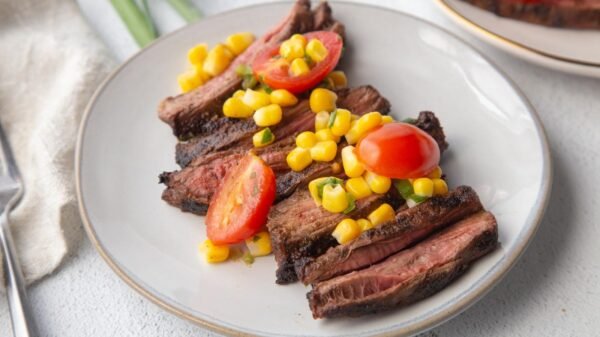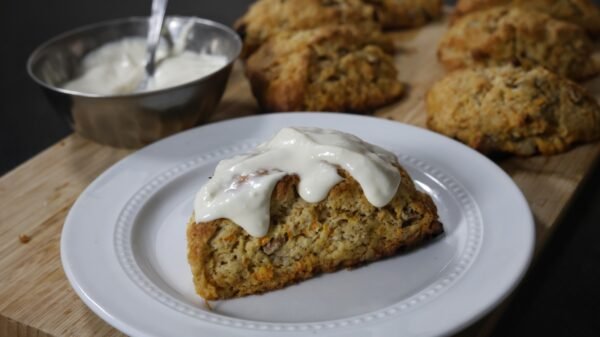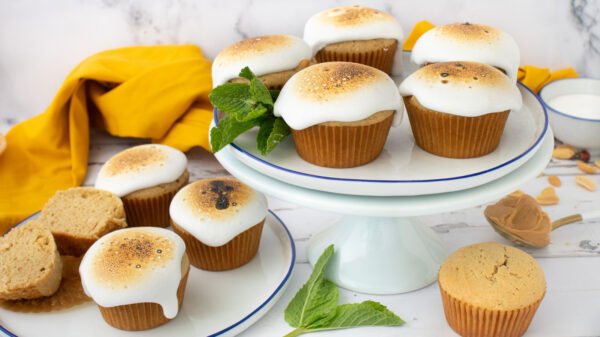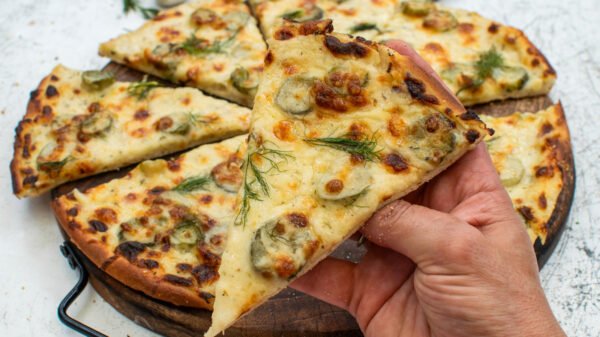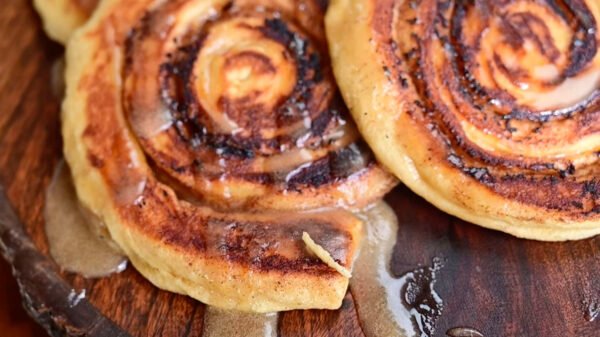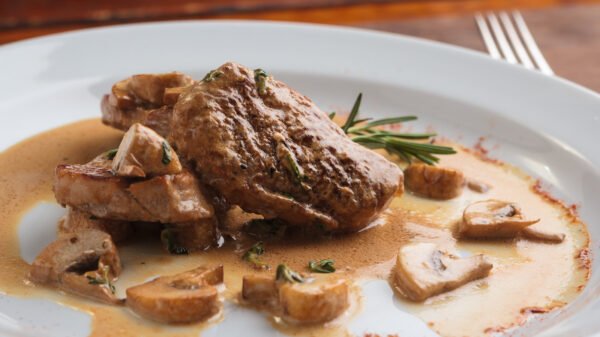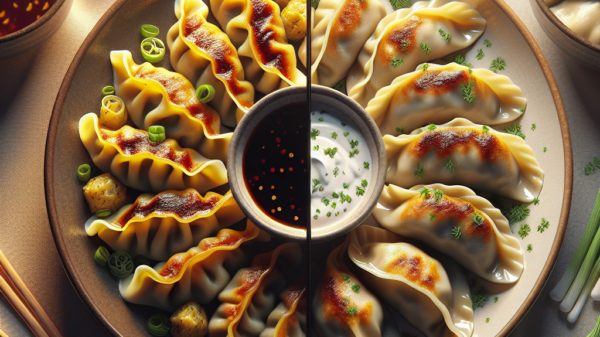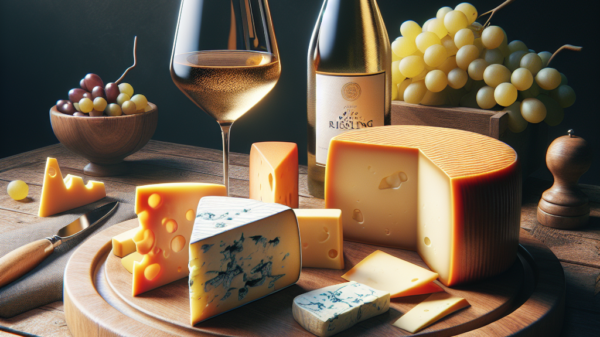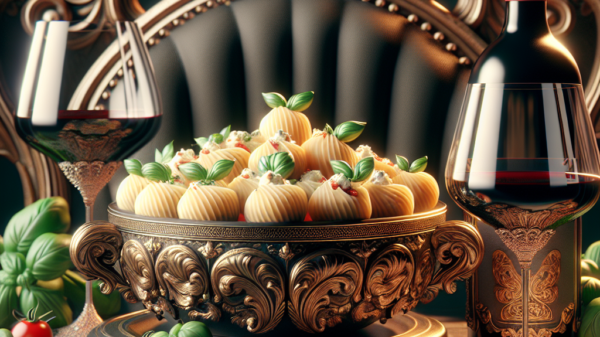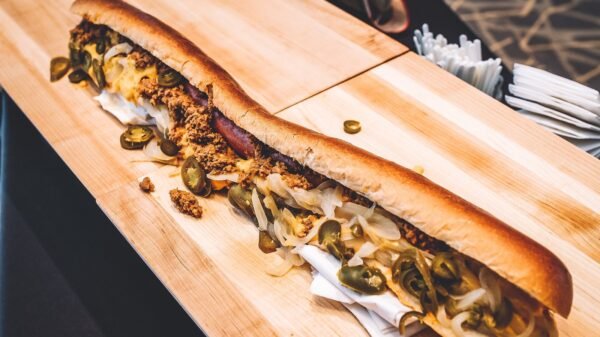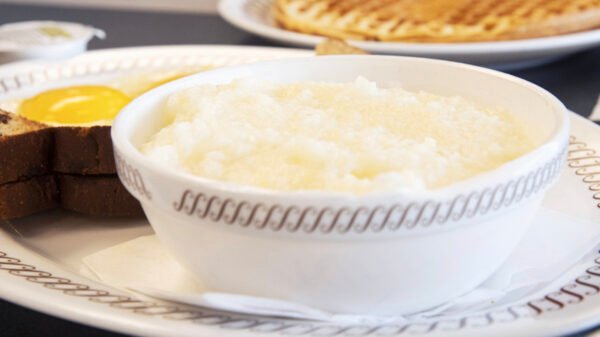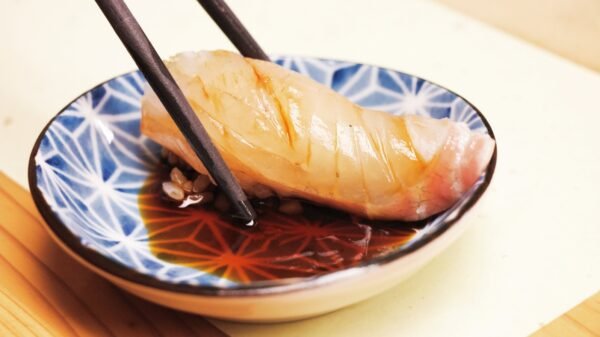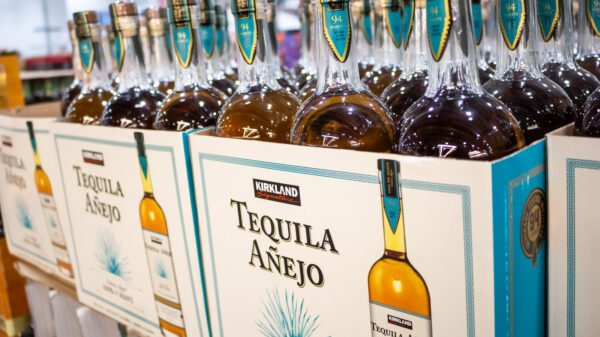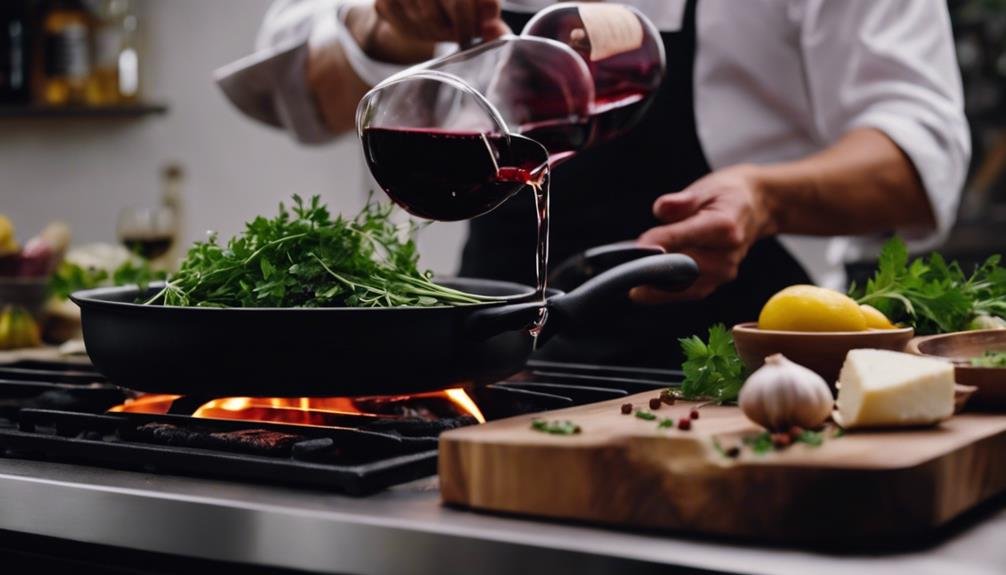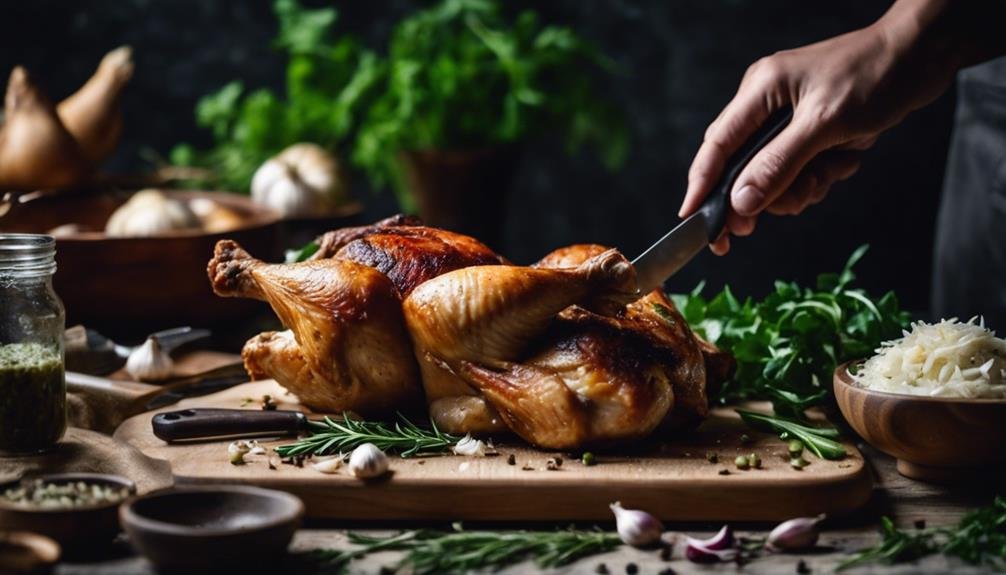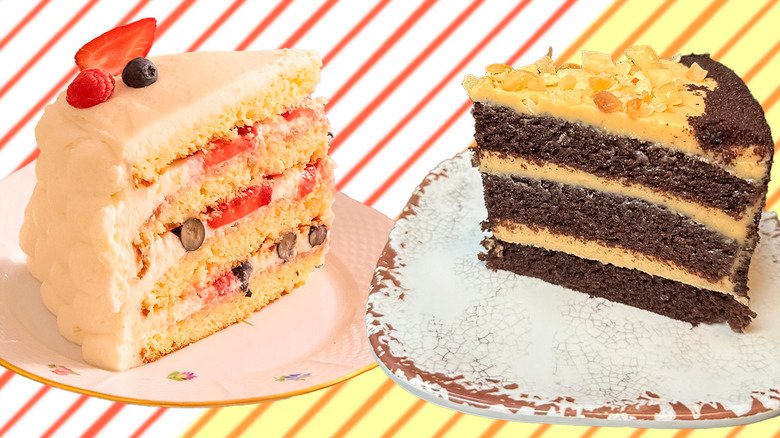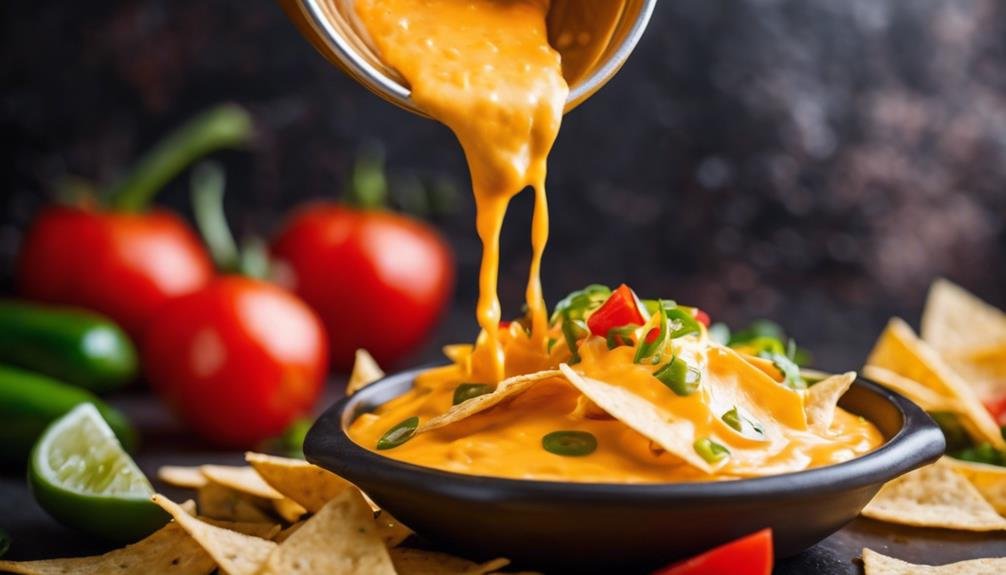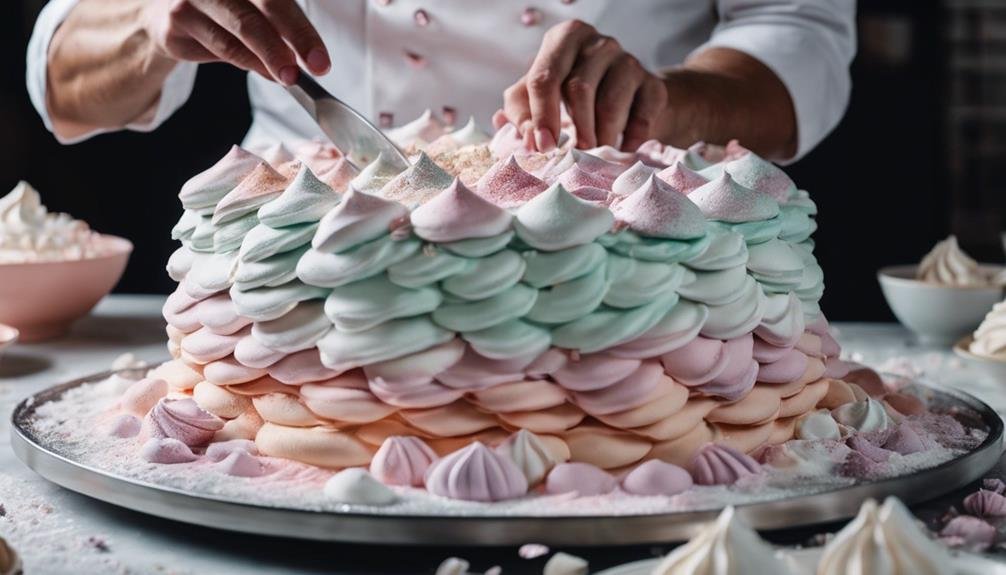As the saying goes, a meal without wine is like a day without sunshine, but let’s be honest: Cooking with wine can sometimes feel like sailing a stormy sea.
You’re about to set sail on a journey that’ll make pairing your Chardonnay with chicken seem as easy as pie. From choosing the right bottle to avoiding those rookie mistakes that could turn your Coq au Vin into Coq au Vinegar, we’ve got you covered.
We’ll even let you know the secret science behind why some wines elevate your dish to the next level. So, why stop now when culinary greatness is just a cork away?
Cooking With Wine Key Takeaways
- Pair wine with the dish’s flavor profile for enhanced taste.
- Use cooking methods like roasting and braising with wine for moisture and flavor.
- Wine adds sophistication and depth to dishes, elevating their flavor.
- Match the wine color to the dish for a basic pairing guideline.
Choosing the Right Wine
When cooking with wine, selecting the right bottle is key; it’s all about matching the wine’s character to your dish’s flavor profile. Imagine you’re planning a beefy, hearty dinner. You wouldn’t pair that with a delicate white, would you? No, you’d reach for a red that can stand up to and complement the rich flavors of the meat. Think of it as a dance where both partners must be perfectly in sync.
A dry white wine is your go-to for lighter, perhaps more delicate dishes. It has the finesse to enhance without overwhelming. White wine in a creamy sauce? That’s a match made in culinary heaven, adding just the right touch of acidity and depth.
And let’s not forget about the meats that fall somewhere in between. A rosé, with its versatile flavor profile, can bridge the gap between red and white, bringing a touch of color and character to your cooking.
Bottom line: whether you’re simmering a sauce or marinating meats, the essence of flavor lies in your choice of wine. So choose wisely, and let your dish reflect your culinary skill and impeccable taste in wine.
Cooking Methods Explained
Now that you’ve picked the perfect wine to complement your dish, it’s time to explore how cooking methods can reveal its full potential.
Roasting with a robust red wine works wonders. It creates a moist, warm environment that locks in flavors and keeps your meats tender like a love ballad. Picture your beef stew singing with the depth that only a red with tannins can bring.
Steaming isn’t just for veggies—add a dash of full-bodied white wine or a dry Marsala to the mix, and you’ll infuse your dishes with a subtle wine essence, elevating them from simple to sublime. For those tougher cuts, braising in wine adds acidity and fruity flavors and tenderizes, transforming your dish into a tender, flavorful masterpiece.
Ever seared meat and wondered what to do next? Deglazing with wine creates a rich and complex pan sauce you’ll want to write sonnets about. And don’t forget, a splash of wine in baked goods adds moisture and a fluffy crumb with a hint of sophistication. Whether it’s a dessert wine in your cake or a crisp Sauvignon Blanc in your poaching liquid, wine is your ticket to culinary brilliance.
Wine’s Impact on Flavor
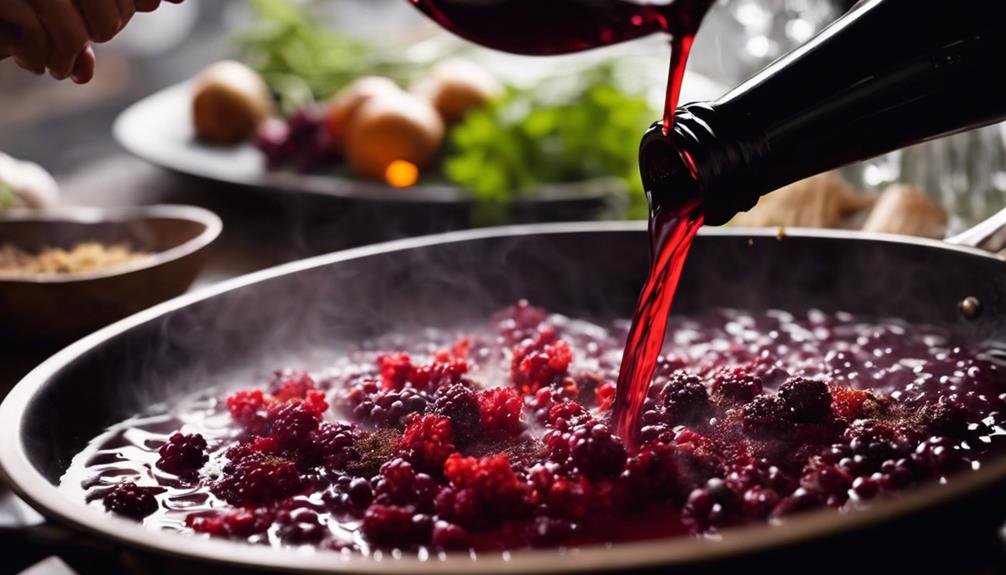
Understanding how wine influences flavor is key to elevating your culinary creations from good to unforgettable. Whether simmering Pork Chops in a robust red or deglazing Chicken Breasts with a crisp white, your select wine can dramatically alter the flavor profile. It’s not just about adding a splash of liquid; it’s about revealing acidity, depth, and a complex harmony that makes each bite sing.
When cooking with wine, consider the dish you’re crafting. Lighter white wines are perfect for enhancing the delicacy of seafood or a creamy sauce, while the boldness of reds complements meats like lamb, adding richness and a tender mouthfeel. The key is balance. You want the wine to enhance and meld the flavors without overwhelming them.
A world of wines is available, each with the potential to reveal new dimensions in your cooking. The sauce simmered with wine doesn’t just taste better; it tells a story of sophistication and thoughtfulness. Remember, the best dishes aren’t just cooked; they’re curated. So, let the wine do the talking and watch as your culinary creations leave everyone speechless.
Practical Cooking Tips
Diving into practical cooking tips, let’s reveal how the right wine choice can transform your dishes from simple to sublime. The rule of thumb here is to match the wine with your dish’s colors and flavor profiles, revealing a wide range of tantalizing tastes.
Experience the power of wine as you explore its versatility in cooking. A splash of dry white can elevate steaming, introducing a unique depth of flavor that water can’t reveal.
Imagine using wine in marinades, where its acidity and complexity work wonders, making meats and vegetables sing with enhanced flavors. When it comes to stews and braises, don’t shy away from using a flavorful, full-bodied white or even a sweet wine to bring out fruity flavors and tenderize meats, creating mouthwatering results that your guests will rave about.
And let’s not forget the magic of deglazing with wine to craft pan sauces that are nothing short of divine.
Wine Pairing Basics
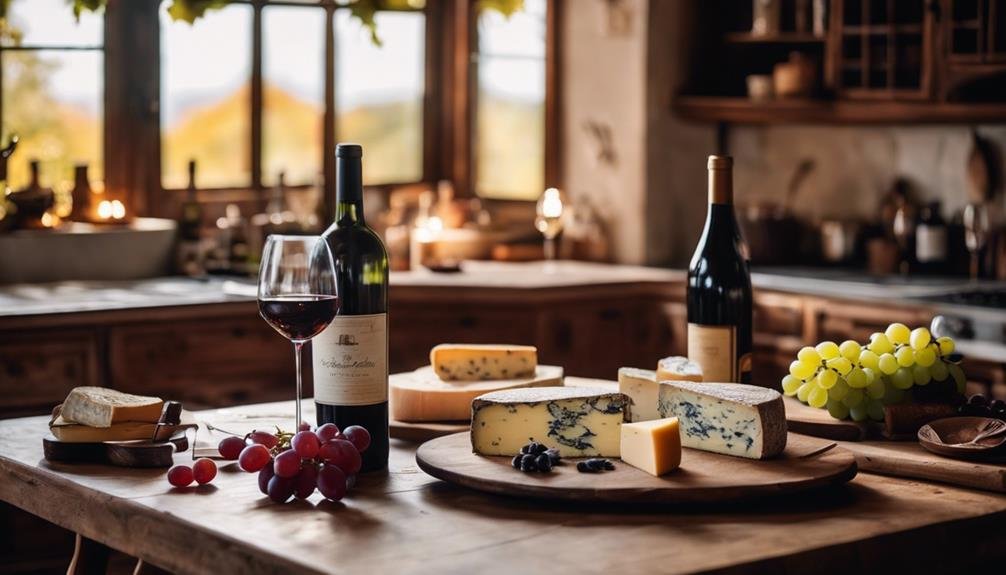
Mastering wine pairing basics elevates your culinary game, turning meals into memorable dining experiences. When used thoughtfully, wine harmonizes with flavors, enhancing the dish it accompanies. Let’s immerse ourselves in the art of pairing, shall we?
Red wine and red meat are a classic duo. The bold flavors of beef and lamb match the robustness of red wine, amplifying each other’s tastes. It’s like they were meant to be. On the other hand, white wine is the go-to for seafood and poultry dishes. Its lightness and acidity cut through the delicacy of these proteins, making the flavors sing.
Don’t overlook rosé wine; it’s the chameleon of wine pairings. From refreshing salads to grilled meats, rosé adapts and complements various dishes. With its enthusiasm, sparkling wine brings an unexpected twist to appetizers and desserts, adding a celebratory note.
For those heartier, savory meals, turn to fortified wines like port or sherry. Their complexity elevates stews and sauces, creating a depth of flavor that’s hard to achieve otherwise. Remember, cooking with wine isn’t just about adding alcohol; it’s about enriching your dish with layers of flavor. Cheers to that!
Frequently Asked Questions
At What Point Do You Add Wine When Cooking?
The point at which you add wine when cooking varies depending on the dish you are preparing. For stews, wine is typically added early in the cooking process, while sauces are often added towards the end. In the case of marinades, wine is usually included at the start, and when baking, it is mixed with other liquids. The timing of adding wine is crucial to the outcome of the dish.
How Do You Balance Too Much Wine in Cooking?
Balancing a dish overwhelmed by too much wine can be achieved by diluting the intense flavor with broth or water, adjusting the seasonings to compensate, incorporating additional ingredients to bulk up the dish, or adding a hint of honey or a splash of acid to counteract the wine’s dominance.
What Is the Wine Technique in Cooking?
The wine technique in cooking involves using wine to enhance flavors and add complexity to dishes. By selecting the appropriate wine to cook, roast, or braise with, this method allows your dishes to develop a richer, more nuanced taste profile.
When You Cook With Wine, Can You Taste It?
Yes, you can taste wine when you cook with it. However, its presence is not as alcohol but as a contribution to the dish’s complexity. The wine imparts sophisticated depth and enriches the flavor with subtle nuances and distinct notes specific to the wine variety.
Conclusion
Now, you’re armed with the secrets to mastering flavors through wine in your culinary adventures. Choosing the right wine isn’t just about what’s in your glass; it’s about elevating your dishes from good to unforgettable.
Whether roasting, braising, or baking, a splash or two can transform your meals. So, avoid those common pitfalls, embrace the wine pairing basics, and let your kitchen be where the magic of wine-infused cooking unfolds.
Cheers to your flavorful journey ahead!


